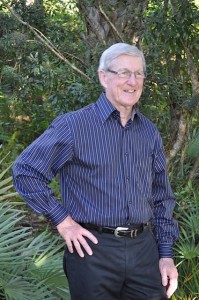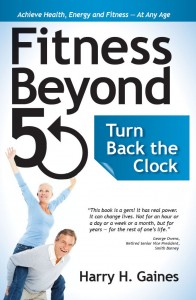

There are three elements of any exercise, identified by the acronym, “FIT” – frequency, intensity and time. The one that raises its head the most often as the reason for many not doing exercise is time. Other priorities such as work, family and more pleasurable activities limit the availability of this element.
So what if I told you that there’s a way to accomplish just as much in less time you originally thought? Would that interest you? If so, read on.
The answer is intervals; this is a structured form of exercise involving short bursts of high intensity exercise followed by slow recovery, then repeated several times over the course of the exercise. One of the primary sources of research on this topic has been McMaster University in Canada.(http://www.sciencedaily.com/releases/2010/03/100311123639.htm)
The good news is that the research has shown that high-intensity interval training (HIT) can provide similar or even superior physiological results as compared to more traditional moderate-intensity continuous training. You can achieve comparable or even greater results in a shorter period of time. Let’s review an example, walking:
- · Suppose that you use walking as one of your aerobic exercises and that your schedule is to walk two miles daily at a pace of three miles per hour. This means you’re spending about 40 minutes per day.
- · Let’s say that after you’ve warmed up you increase your pace to somewhere between four and five miles per hour for one minute. This is a pace where you’ll find it difficult to carry on a conversation – you’ll be working at 80 percent or more of your maximum heart rate.
- · At the end of the minute you slow back down to your normal pace for two minutes and then accelerate for another minute. Over the course of the two-mile walk you do this five times. You’ll find yourself a bit short of breath during the intervals, which is a good thing. Your heart is pumping faster; you’re working harder and burning more fat calories. This process will raise your RMR — resting metabolic rate. This means you’ll burn more calories even after you’ve completed your walk. The higher RMR can last for quite some time, depending on how hard you’ve worked.
- · And guess what — by doing this “up and down” walking versus your standard pace all of the time, you’ll start walking faster. You may increase your pace from three to four miles per hour in a few weeks of interval training. The walk that used to take 40 minutes will likely be completed in 25.This approach applies to any aerobic activity — running, cycling, rowing, swimming, whatever.
David Ostrow, PT, is President of Body Balance for Performance, ans organization focused on fitness training for golfers. He said the following in my book: Fitness Beyond 50:
“There’s a HUGE body of science on the effects of interval training for caloric consumption, control of lipids and cardiac health. The science on this over the last ten years has grown exponentially.
“The parameters in the current research that I’ve seen suggest two types of interval training: high-intensity interval training (HIIT) and sprint interval training (SIT) training. The regimens for these are quite structured and produce better results on the cardiovascular system than lower level aerobic training as well as superior lipid control (LDL, HDL and triglycerides) than aerobic training.
“Ten minutes in this mode creates higher metabolic rates and dramatic improvements over thirty to forty minutes of “aerobic” work at sixty percent to seventy percent of MHR. Stunning to me, but well documented — ten minutes of HIT burns more calories, controls lipid profiles better and affects VO2 max better than thirty minutes of aerobics at sixty percent to seventy percent of MHR.”
Let’s review the benefits: burn more calories, both during and after exercise, increase your oxygen capacity and live a longer, healthier life. Sounds like good reasons to me.
About The Author
Harry H. Gaines is the author of Fitness Beyond 50: Turn Back the Clock, published in 2012. He is a retired publishing executive who’s spent most of his adult life working to stay fit and eat healthy. Today, in his early seventies, he’s an active cyclist, logging 5,000 miles per year, plus active in strength training and golf.


[…] I recommend that you look into why high intensity training is more effective than long periods of walking or jogging because the benefits are universal, regardless of age. […]